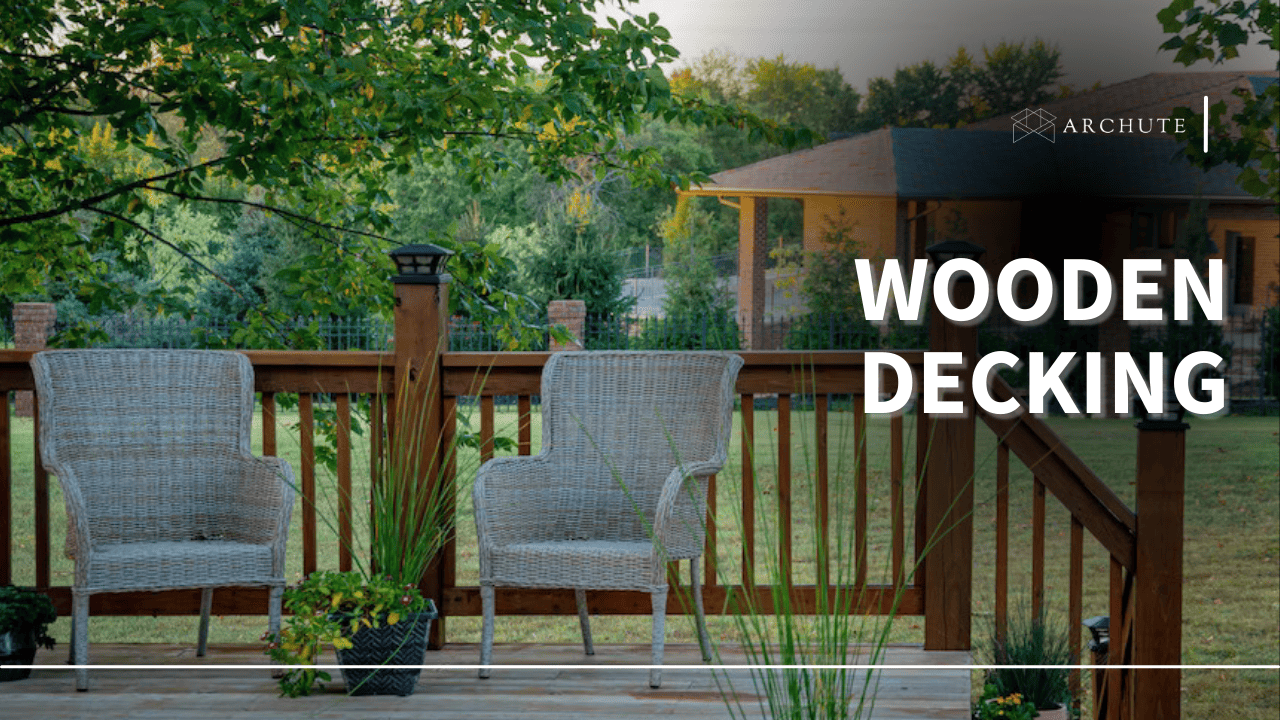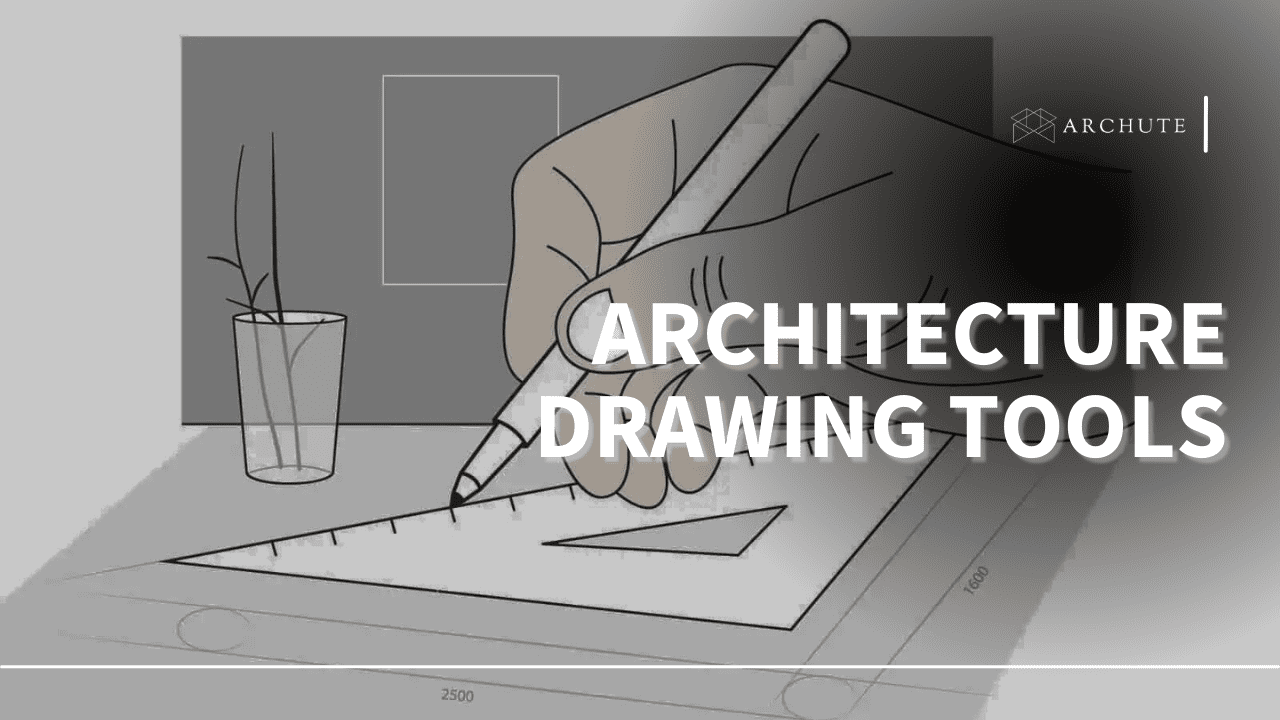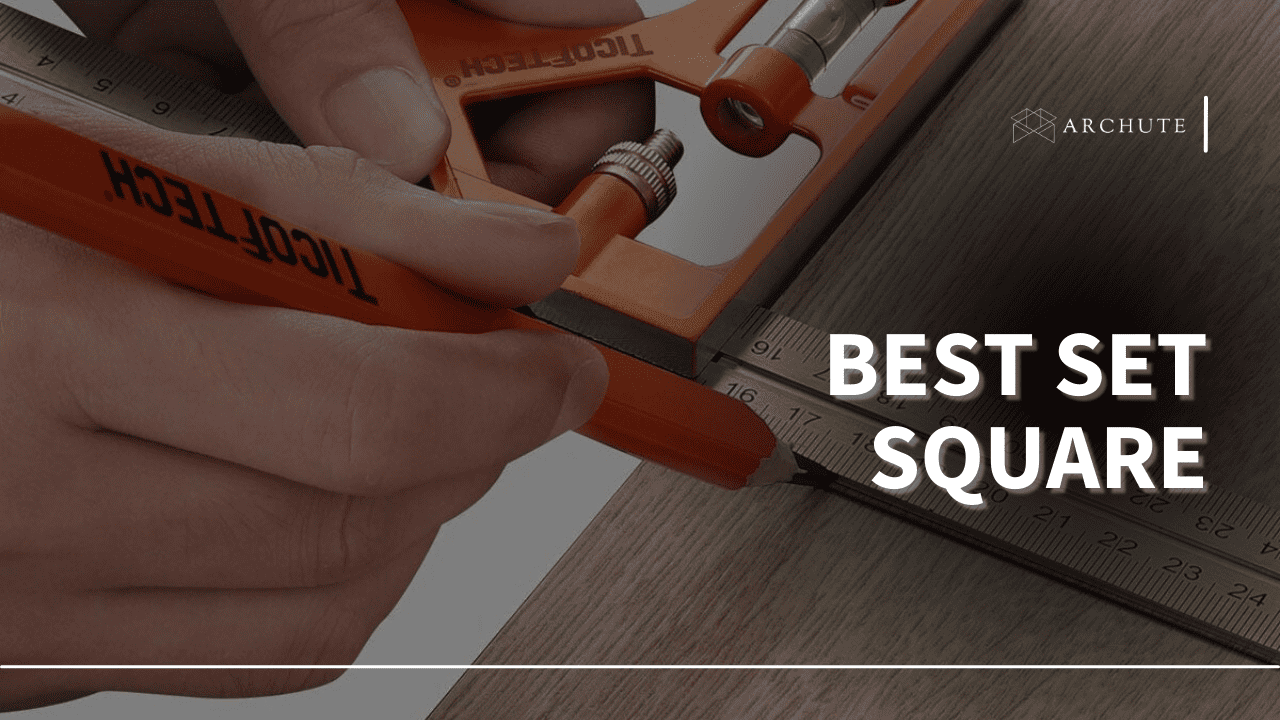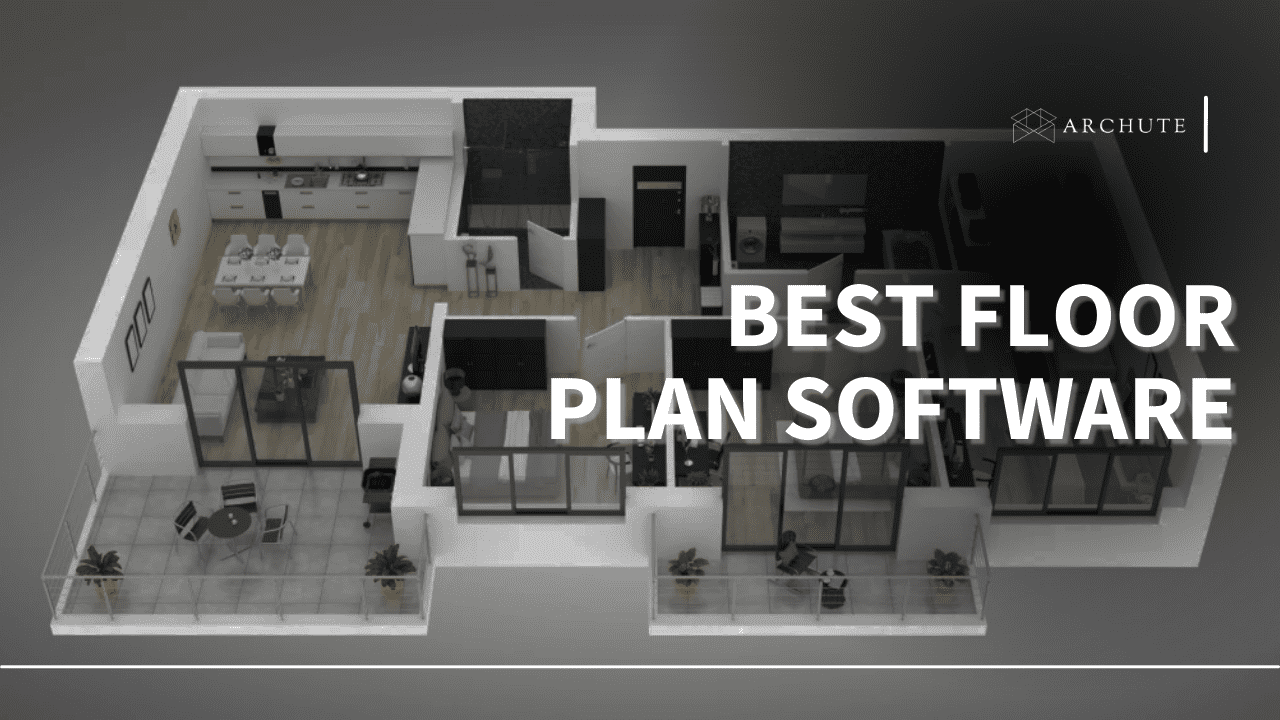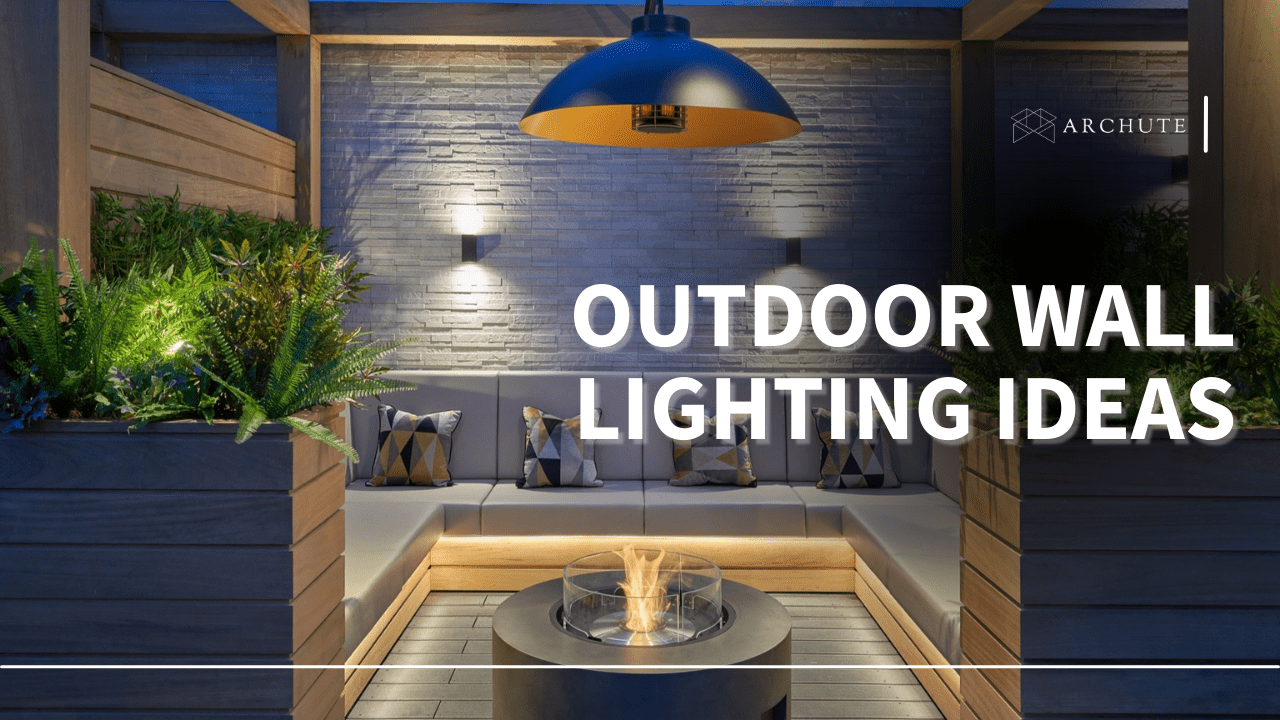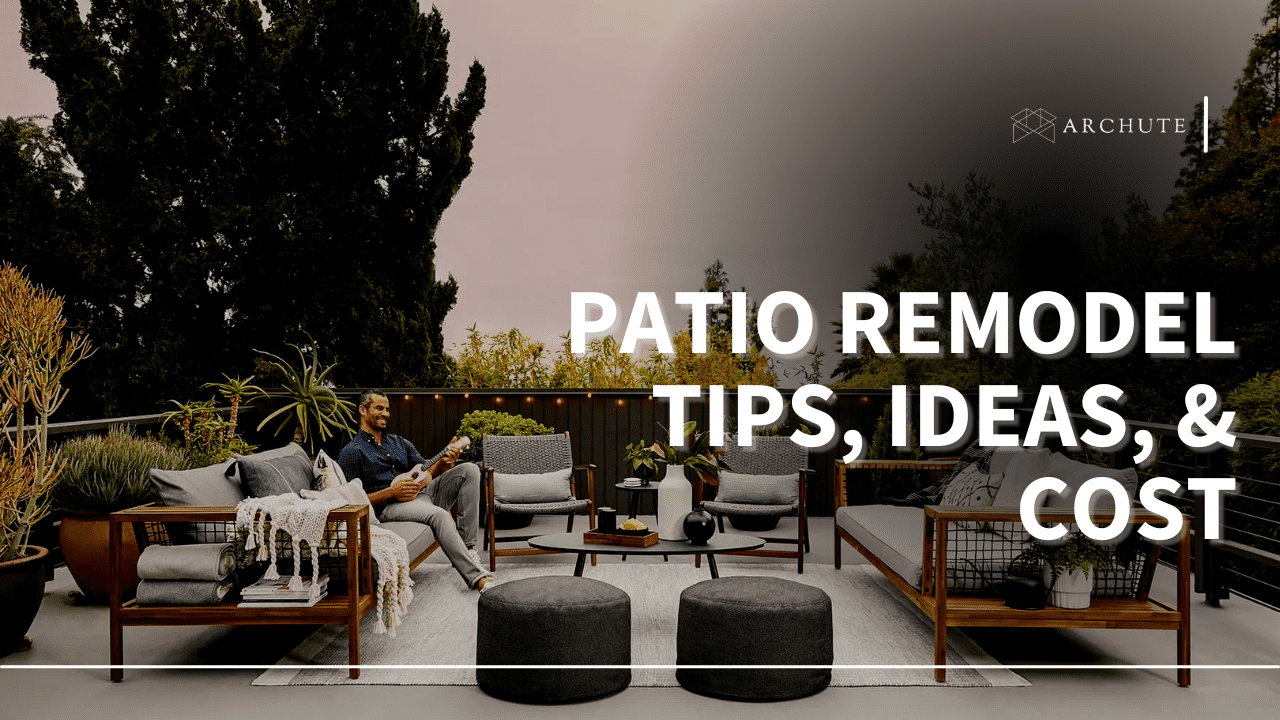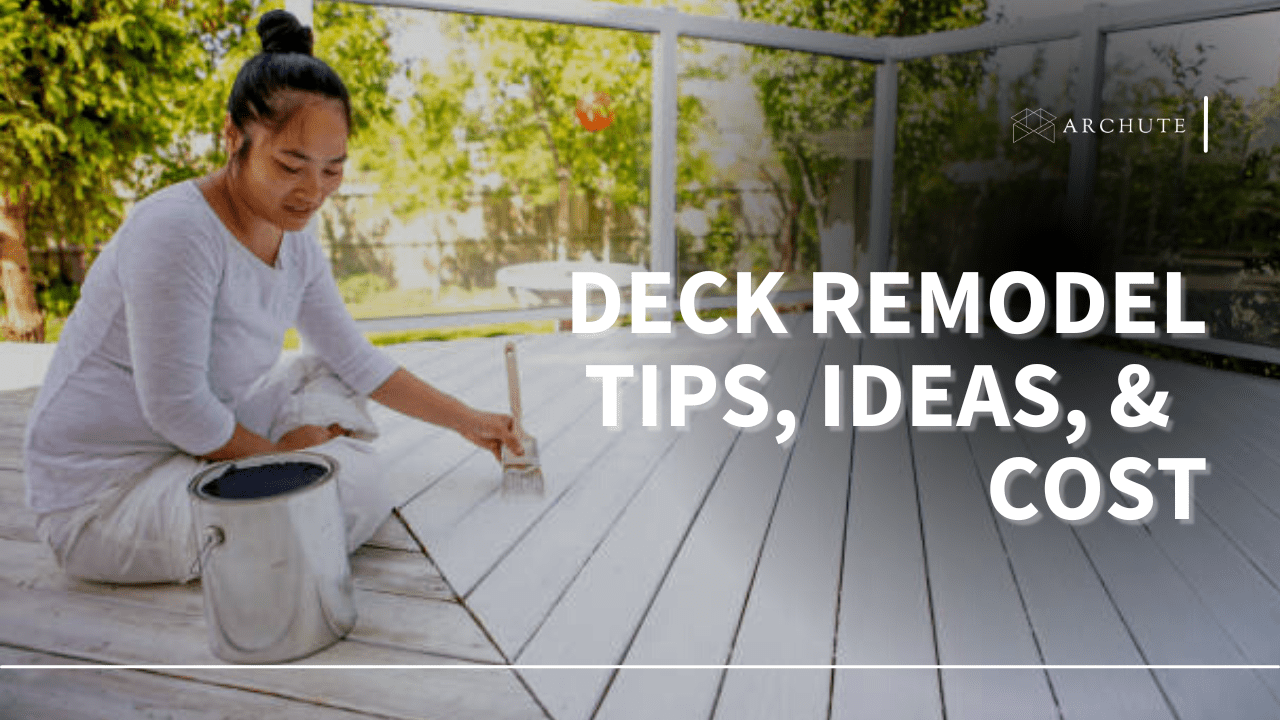Outdoor decks are an excellent improvement to any house or property, offering a place to unwind, socialize, and enjoy the outdoors. These are often extended into gazebos and pergolas for a more sheltered and private feeling outdoors.
If you design and build them appropriately, outdoor decks can improve your property's value and aesthetic appeal while creating a relaxing and pleasurable environment. To enhance their ambiance, you can consider additional decor elements like built-in seating, outdoor kitchens, gardens, racks and shelves, and lighting. You can even get them painted to suit your aesthetic.
Today's markets offer many deck materials: you'll find wood, PVC, or wood-plastic composite common. In this article, we’ll discuss wooden decking and compare it with composite decking.
Features of Wooden Decks
Traditional wood decks have long been a well-loved choice in households. Conventionally, you’ll find them made of Redwood, Pine lumber, Cedar, and Ipe. More luxurious options include Mahogany and Tigerwood. Let’s discuss the features of wooden decks.

Image source: api.nst.com
1. Appearance
Nothing beats the beauty of a hardwood deck; it adds warmth and timelessness to a place. And it can be incorporated with a variety of architectural styles and interior design themes, making it a versatile decking material.
2. Maintenance
Real wood, alone, is an organic decking material prone to responding to environmental agents. However, if you protect them adequately, wooden decks can last a long time. To ensure their durability, you must coat, varnish, sand, and stain your wooden decks, ideally after every few years. This is necessary to protect your wood deck against moisture and pests. If you have stained your deck, you may have to re-stain it later if the color fades away too.
3. Durability
It’s a common myth that wood decks do not last long and undergo weathering. Properly treated wooden decks that are installed, keeping ventilation in mind, are extremely durable: they can last you for two decades, if not longer. However, durability problems will arise if the installation is faulty and if you do not care for your deck later.
If not protected adequately, your wooden deck may not be able to withstand humid environments. It is also more likely to absorb moisture and rainwater from the atmosphere, making it prone to staining, rotting, cracking, splintering, warping, mold, insect damage, and other moisture-induced problems if not properly layered with a sealant. This is especially if your area gets ample rainfall.
It's best to purchase from reputed vendors who will use the right chemical treatments to enhance the longevity of your wood deck.
4. Cost
You'll find a wooden deck more budget-friendly than its counterparts. On average, choosing Cedarwood as your decking material can cost you around $3 to $6 per square foot. However, wood has relatively high maintenance costs due to its need for protective coats and stains.
Comparing Composite and Wooden Decks
Composite decking is a newer, advanced technique that combines synthetic and natural components, mainly wood fibers encapsulated in plastic. These are now readily available at lumber yards and home-and-decor stores; the main types include solid composite decking, hollow composite decking, and capped composite decking.

Image source: cladcodecking.co.uk
It is always better to consult experts, like BB Decks in Toronto, if you want to discuss the right option for your home. They can assist you in choosing among the various types of options for natural and synthetic decking. In general, wooden and composite decks can be compared on the following grounds:
1. Look and Feel
While most buyers would go for a wooden deck for its aesthetic value, newer composite decking material varieties resemble the natural wood look closely. And if your house has a more contemporary style, you can benefit from the huge variety of color options available in composite decks. Some new styles even come with random embossed patterns resembling wood.
Choosing between wooden and composite decks ultimately comes down to personal preferences. Some buyers may value wooden decks' natural look and feel, while others may prioritize composite boards for their low maintenance and overall costs.
2. Durability
Compared to a wooden deck, composite decking provides resistance against water, rot, and pest damage without any additional coating. The wooden fibers used in composite decking are mixed with plastic, making them moisture-resistant. These deck boards are stronger, more durable, and don’t get splinters.
Composite decking’s water resistance makes it a better option for decks around the pool area, as the water spillage does not decay the decking material. If you plan to build a deck in a sunny spot, make sure to treat your deck boards to be resistant to sun-fading.
3. Maintenance
In contrast to wood decking, composite deck boards require no repeller layering or staining, sealing, and pest treatment. Standard cleaning methods, such as scrubbing, sweeping, and washing, are enough to give composite decks a fresh new look.
However, a major downside to having composite boards is the risk of scratching the surface, as the plastic component of this decking material is more prone to scratches than standard wood.
4. Cost
Wooden decks are initially cheaper than composite decks, which can cost up to $8 to $13 per square foot. Note that although the initial cost of wood may be cheaper, counting in the costs of staining and repairs, wooden decks may not be a better deal than composite decking boards. Additionally, a wooden deck's lifespan is shorter than a composite deck's.
Endnote
Wood decking is standard in homes due to its versatility, low cost, scratch resistance, and look and feel. It is less expensive initially and has a more natural appearance. On the other hand, composite decking is more durable, needs far less maintenance, and offers protection against moisture and pest damage; however, it’s not as cost-effective or scratch-resistant. Composite decking isn’t environmentally friendly either, although you can opt for recycled decking materials to solve that issue.
Ultimately, seeking professional advice and considering all relevant factors is best to make an informed decision and choose the best decking material for your needs.

